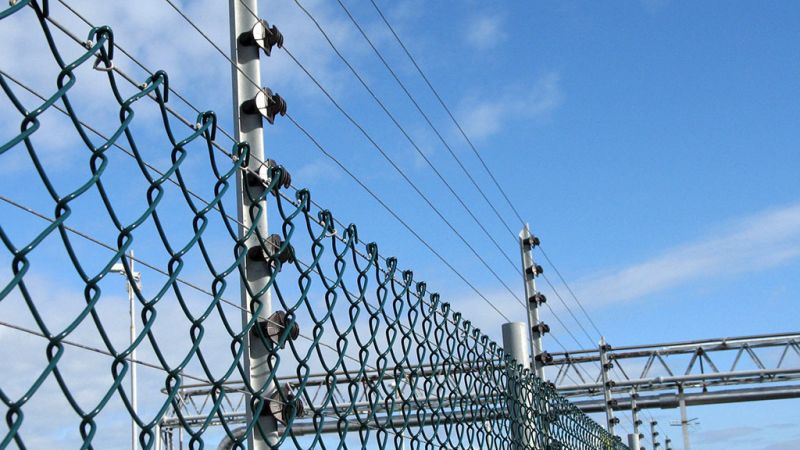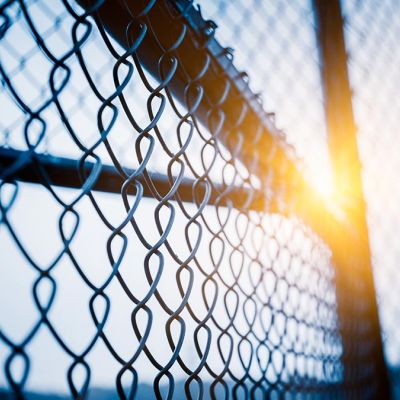WANT A GREAT DEAL?
Add products & we'll be in touch soon!


A Guide to Enhancing Security with Electric Fencing
Among the plethora of security solutions available, electric fencing has distinguished itself as a highly effective and reliable option. This article aims to provide an in-depth exploration of electric fencing, covering its functionality, essential materials, and the various types available, with a particular focus on the Australian context.
The Functionality of Electric Fencing
Electric fencing serves a dual purpose: it acts as both a psychological barrier and a physical deterrent, making it a cornerstone of modern security strategies. The underlying principle of electric fencing is straightforward yet highly effective. It involves delivering a high-voltage shock to potential intruders, which is strong enough to deter but non-lethal, ensuring safety. This shock is a result of the intruder completing the electrical circuit when touching the fence, thereby receiving a jarring jolt.
Constructing an electric fence requires several key materials, such as conductive wires, insulators, fence posts, an energiser, and grounding rods. The energiser plays a crucial role as it is responsible for converting power into a brief high-voltage pulse. This pulse is sent along the conductive wires at regular intervals. When an intruder comes into contact with the fence, they close the electrical circuit, leading the current back to the energiser through the ground, resulting in a shock.
Diverse Types of Security Fencing
Security fencing comes in various forms, each designed to meet specific security needs and aesthetic preferences. Below, we delve into some of the most prevalent types of security fencing found in Australia:
Electric Mesh Fencing
Electric mesh fencing stands out for its robustness and adaptability, making it suitable for a wide array of applications, from securing residential areas to protecting high-security sites like government buildings, airports, and military installations. The mesh design not only acts as a formidable physical barrier but also incorporates electric wires, significantly enhancing its deterrent effect.
Traditional Electric Fencing
Originally utilised in agricultural settings for stock or vermin control, traditional electric fencing has been adapted for urban security purposes. It typically consists of multiple strands of electric wires stretched between posts, creating an effective barrier against intruders. This type of fencing is valued for its cost-effectiveness and customisability, allowing for adjustments in height and perimeter to suit specific property requirements.
Where To Find Electric Fence Equipment for Sale in Australia
For those considering the installation of electric fencing, the Australian market offers a comprehensive range of electric fence equipment. This includes everything from energisers and conductive wires to insulators and warning signs. Opting for high-quality equipment is crucial to ensure the effectiveness and durability of your electric fence.
Australian Security Fencing Standards
In Australia, electric fencing must conform to stringent standards that govern its installation, operation, and maintenance. These standards are in place to ensure the safety and efficacy of electric fences. Adhering to these regulations not only ensures the lawful operation of your electric fence but also maximises its security benefits.
Selecting an Appropriate Electric Fence
The choice of electric fence should be informed by several factors, including the required level of security, the nature of the property being protected, and adherence to local regulations. While a simple electric fence may suffice for residential properties, more complex and secure installations may be necessary for high-security areas.
Aesthetic considerations also play a significant role, particularly in residential and commercial settings. The chosen fence should enhance the property's overall appearance while providing the necessary security measures.
Installation and Maintenance: Ensuring Long-Term Efficacy
Proper installation and regular maintenance are key to the long-term effectiveness of electric fencing. It is advisable to engage with professionals who are experienced in the installation of electric fences to ensure that all components are correctly set up and compliant with Australian standards.
Regular maintenance checks are essential to identify and rectify any issues, such as broken wires or malfunctioning energisers, which could compromise the fence's security capabilities. Additionally, vegetation near the fence should be regularly trimmed to prevent it from touching the wires and potentially grounding the system, which would reduce its effectiveness.
Electric fencing represents a potent security measure, offering both psychological deterrence and physical protection. Whether opting for electric mesh fencing or traditional electric fencing, the key to success lies in choosing the right equipment and adhering to Australian security fencing standards. By doing so, property owners can ensure the safety of their premises while remaining compliant with local regulations.
In our ever-evolving security landscape, electric fencing stands as a testament to innovation and reliability, providing peace of mind and protection to properties across Australia. As we continue to navigate a world where security cannot be taken for granted, electric fencing remains an indispensable and effective solution for safeguarding our homes, businesses, and critical infrastructure.
If you are seeking expert advice and quality materials, Direct Trades Supply is your ideal partner. With an extensive range of mesh fencing, snake-proof fence mesh, and vermin mesh options, we are equipped to guide you through the selection process and ensure the your exclusion fencing project is a success and fit for purpose. Don't let pests compromise the integrity and safety of your property. Contact Direct Trades Supply today, and take a proactive step towards a secure, pest-free environment.
Direct Trades Supply has a team of experts you can consult for any security fencing needs. Contact us for more information on electric security fencing hardware.
Popular Articles

Company
123 Kelvin Road
Maddington WA 6109
P: 1300 123 387 (DTS)
E: [email protected]
Opening Hours
6:30 AM - 5:00 PM Mon-Fri
7:30 AM - 12:00 PM Sat
Closed Public Holidays












